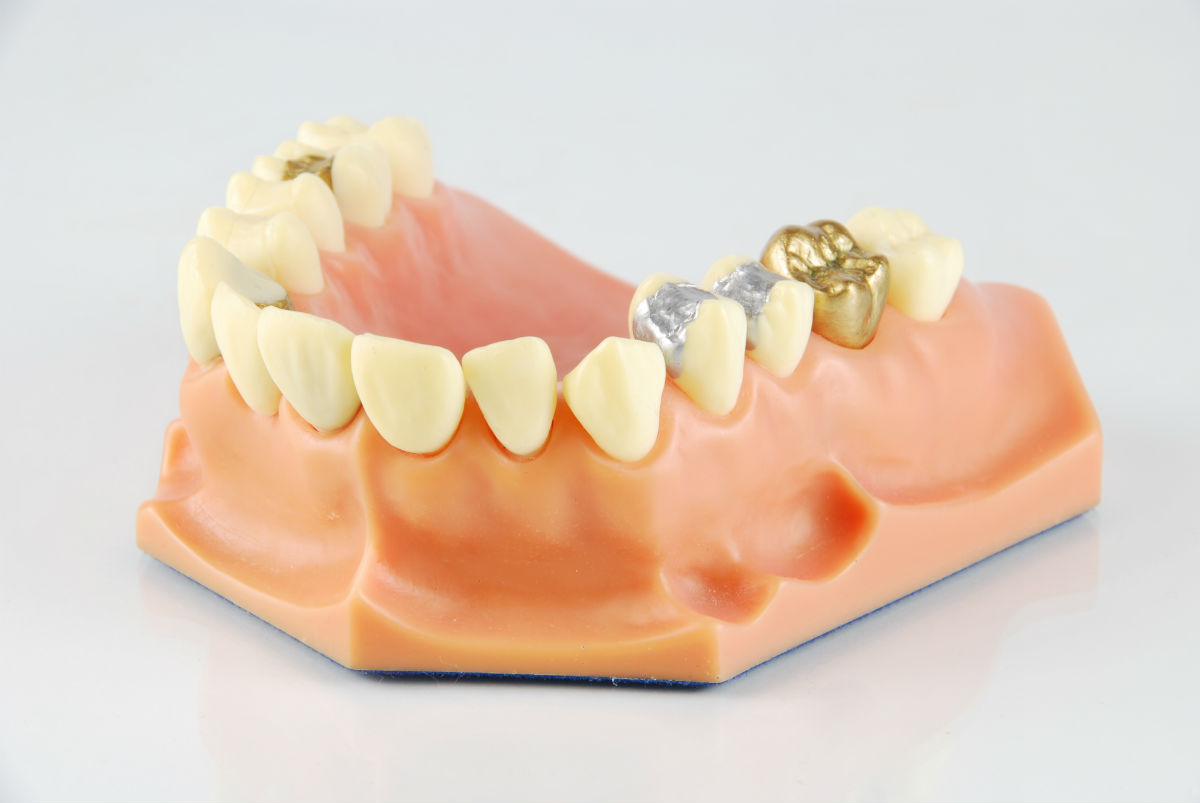What is local anesthesia?
Local anesthesia, sometimes referred to as regional anesthesia, numbs only the areas of the body that are to be effected by a surgery or procedure. With dentistry, local anesthesia is used for most procedures, such as fillings, crowns, implants, periodontal treatment, and root canals, among other things. Local anesthesia allows the patient to remain awake and alert without feeling any of the pain associated with the procedures.
How does it work?
Local anesthesia works by numbing the nerves of the area to be worked on. It blocks the nerve impulses of the area. It is applied either through a topic solution or, more commonly, a syringe injection.
Will it hurt when it’s applied?
What hurts the most is the initial poke from the needle. Fortunately soft tissues of the oral environment can be numbed with the application of a topical anesthetic. This gel numbs the surface of the gum before injection, significantly reducing any pain.
What are the risks?
There are few risks involved when using local anesthesia. Negative reaction to the drug is a possibility with any kind of anesthesia, but is much less likely with the type of local anesthetics used today. If you have any questions or concerns, talk with your dentist about them prior to your procedure.
What are the advantages of local anesthesia?
It also allows you to be awake and alert during the procedure, so you are available to answer questions. There is no “recovery period” where you feel groggy waiting for the medication to wear off. With local anesthesia, you can leave the dentist’s office and go about your day as you normally would, with no restrictions on driving, working, or decision making.




